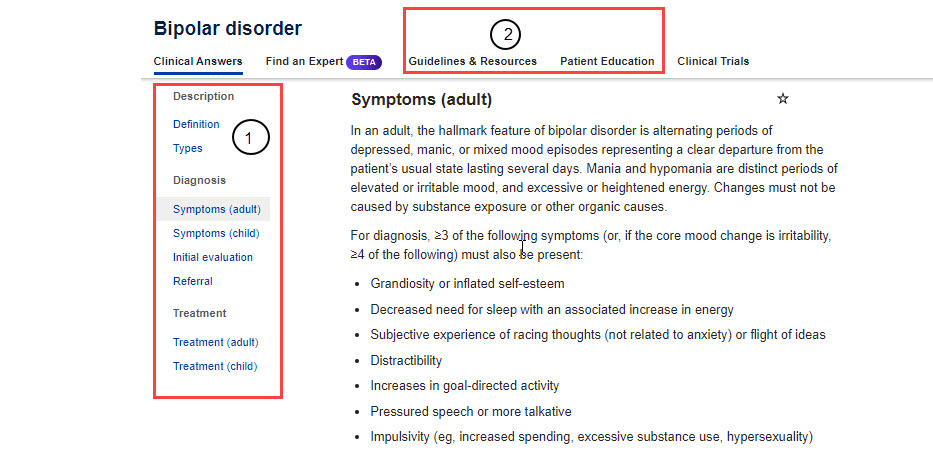Fundamentally a row in a relationship table does nothing more than relate a set of resources addressed via topicrefs to each other with some semantic imposed by the table.
Given that, I think you are free to impose whatever meaning you want to those relationships, including âpublication-to-supporting-artifactâ.Â
If your publication is defined by map âroot-01.ditamapâ, you could do something like:
<map><title>Root One</title>Â â
 <mapref keys=âpublicationâ scope=âpeerâ keyscope=âroot-01â href="">  <reltableÂoutputclass="publication-to-supporting-artifact">
  <relheader>
 Â <relcolspec><topicmeta><navtitle>Publication</navtitle></topicmeta></relcolspec>
 Â Â<relcolspec><topicmeta><navtitle>Supporting Docs</navtitle></topicmeta></relcolspec>
 ÂÂ</relheader>ÂÂÂ<relrow>
ÂÂÂÂÂ <relcell>
ÂÂÂÂÂÂ <topicref keyref=âroot-01.publicationâ>
ÂÂÂÂÂÂ ÂÂÂ<topicmeta><navtitle>Root One</navtitle></topicmeta>
ÂÂÂÂÂÂ </topicref>
ÂÂÂÂ </relcell>
ÂÂÂÂÂ <relcell>
ÂÂÂÂÂÂÂÂÂ <topicref scope=âexternalâ format=âpdfâ href="" href="https://example.com/docs/some-doc.pdf" target="_blank">https://example.com/docs/some-doc.pdf>
ÂÂÂÂÂÂÂÂÂÂÂÂÂ<topicmeta><navtitle>Some Doc</navtitle></topicmeta>
ÂÂÂÂÂÂÂÂÂ </topicref>
ÂÂÂÂÂ </relcell>
ÂÂ </relrow>
 </reltable>
</map>
Â
Here Iâm using a peer mapref with a @keys value to represent the publication as a whole, which I think is legit even though we donât explicitly describe this use of peer maprefs in the spec. But a peer mapref explicitly means âthe target map is a root mapâ, so I think being able to address the root map in this way is clear and meaningful.
Â
So this reltable relates the publication âroot-01â to the PDF document âsome-doc.pdfâ.
Â
It might make more sense for this reltable to be in a root map of its own that does nothing but define these relationships and then use that as input to your custom publication process.
Â
This whole use of reltables assumes that the set of supporting docs will be different over time or in different use contexts for the same publication.
Â
Cheers,
Â
E.
Â
_____________________________________________
Eliot Kimber
Sr Staff Content Engineer
O: 512 554 9368
M: 512 554 9368
LinkedInÂ|ÂTwitterÂ|ÂYouTubeÂ|ÂFacebook
Â
